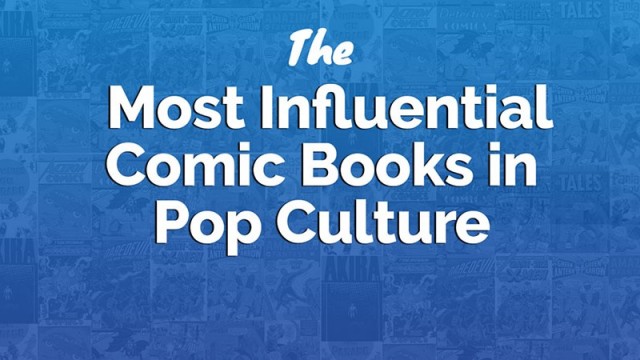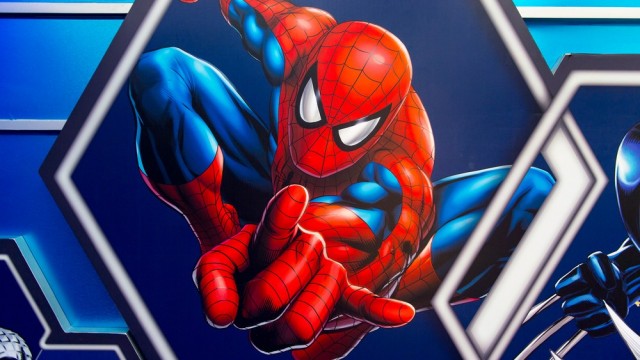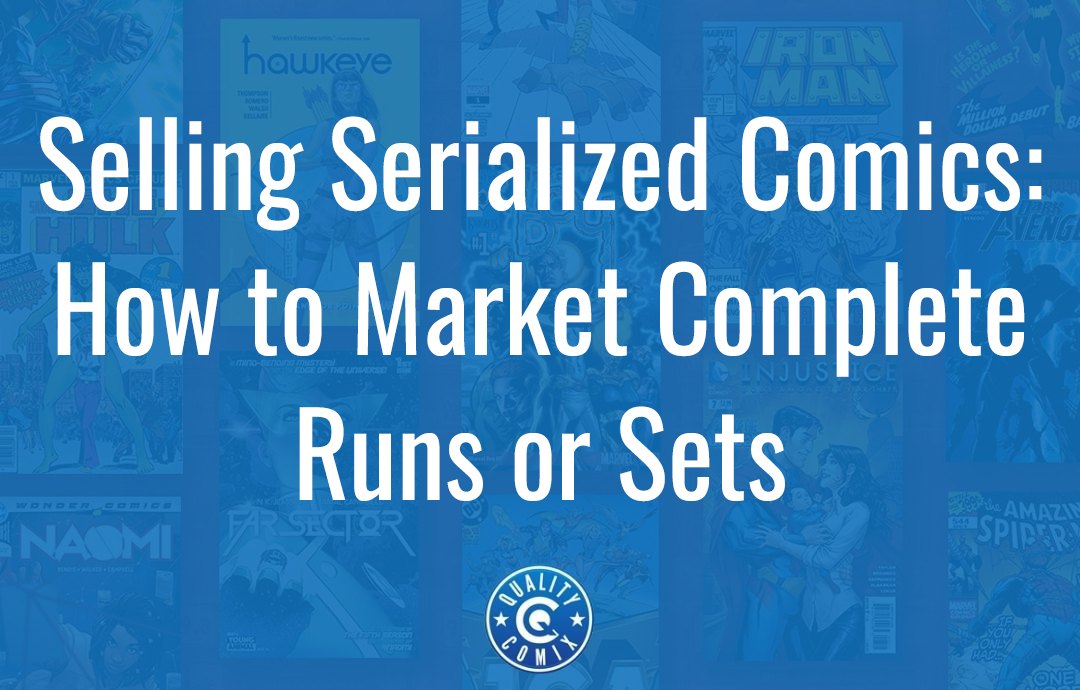
Serialization means different things in different industries. You may be excited if you're familiar with serialized collectibles in other forms, like baseball cards or trading cards, but the reality is a little different and a lot less exciting.
In a collectible like trading cards, the majority of the cards created are identical, so no individual copy is any more or less valuable than any other, assuming pristine condition. Serialized cards are given more individuality by numbering a limited set of them; while the base card may be printed by the millions, a set of 500 of them numbered 1 to 500 are all unique. Often, these fetch a premium among collectors, with noteworthy numbers fetching even more.
Comic fans, remember the 90s and the comic book crash? Among the many reasons why comics crashed was the invention and subsequent overuse of gimmicks like variant covers. The same sort of thing is poised to happen for collectible cards as variants, serializations, and other gimmicks saturate the market.
All of this is interesting, but it doesn't reflect how comics work. In comics, the term serialization means something entirely different.
Table of Contents
Serialization in Comics
Serialization is anything that is produced and published in short installments at regular intervals.
A TV show airing weekly for a season is a serialized television program. A short story broken up into five parts and published by the chapter in a monthly magazine is a serial. Comic books, by their very construction, are serialized stories told in regular installments, published (usually) monthly.
Thus, all comics are serialized comics.
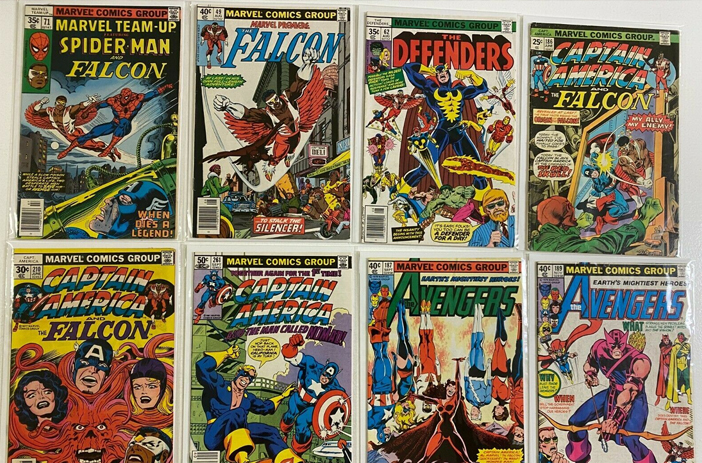
Fortunately, while comics have used a lot of different gimmicks over the years, the idea of individually numbering specific copies of a given issue didn't really catch on. In part, this is because there are already numbers attached to comics; they're already serializations, and the terminology would get muddled. In part, assuredly, it's because the industry is leery of gimmicks after the crash of the 90s almost killed the form entirely.
So, when we talk about comics serialization, we're just talking about comics.
Most Comics Aren't Valuable on Their Own
A difficult truth to confront for some collectors is that most comics aren't worth all that much. So many different comics are published every year and have been for nearly a century that it would be impossible for all of them to be valuable.
That's why we talk about "key issues." A key issue is an important issue that stands out from the rest of its line, its publication, and even its era. Key issues are first issues, issues where new characters are introduced, with the more noteworthy characters having much more valuable keys than others.
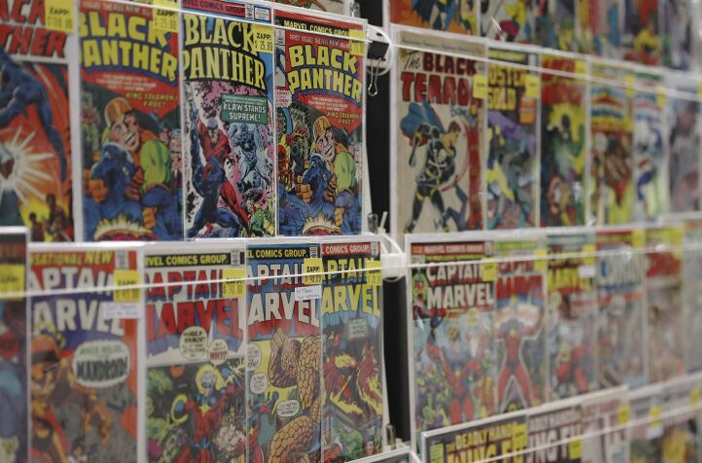
Everything else? Well, there tends to be a baseline for comics of a given era. Golden Age comics can still be a few hundred bucks a piece even for non-keys, simply because they're older, they're harder to find, good condition is hard to come by, and they're often in more demand. Meanwhile, modern comics that aren't keys will languish in $1 or $5 boxes for years before they sell, if they ever do.
So, is there a way to take advantage of the serialized nature of comics to get more out of these $1 comics than you otherwise would?
Leveraging Complete Sets
Of course. With anything serialized, a complete set of the serialized item is going to be worth more than the individual components would on their own… sort of.
That policy isn't universally true. A TV show is serialized, and you can buy each episode for streaming for $3 or something, but a full season might only be $15; it's a better value to buy the collection.
For something like comics, though, a full set can often be worth more than the component parts.
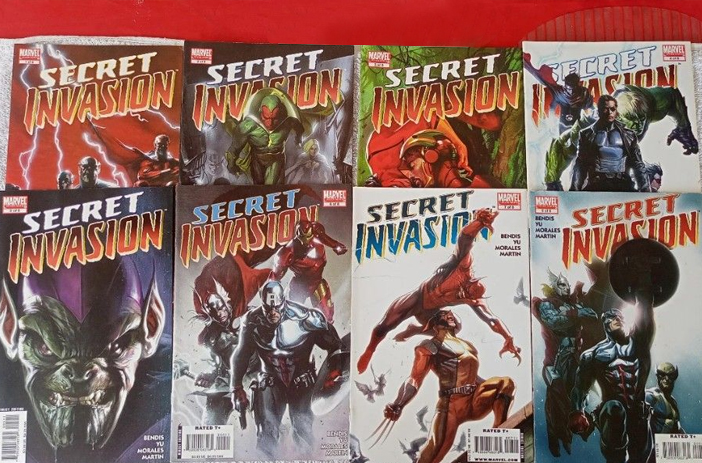
There are three reasons for this.
- A buyer only has to pay for shipping once. Buying a complete set of, say, 50 issues of a comic series all at once means paying one cost of shipping. Even if that shipping is more expensive than it would be for a smaller package, it's much cheaper than paying shipping on 2-50 packages to get the same number of comics.
- The labor required to assemble the full run is done for you. A buyer who wants to read a full series – or just own a full run – doesn't need to track down each individual issue and work out deals with as many as 50 different sellers. It dramatically decreases the chances of issues in shipping, scams, quality control problems, and more.
- Fees can add up on individual sales. Paying individual fees on each eBay listing versus paying just once can nickel-and-dime away a lot of profits.
Putting together a full set allows you to sell it as one package for a price that gets you more value for the comics than selling them individually.
More importantly, though, full sets and runs allow you to sell comics you otherwise might not be able to sell at all. Imagine a comic limited series with 12 issues, and issue #7 is a key issue for a character. If issue #7 is worth $500, issue #1 is worth $100, and the rest are worth $5 each, you'd be looking at $650 for the full set, sold individually. Subtract shipping fees and the time cost of selling them, and you're not looking at a lot of profit.
If you sell the key, the rest aren't all that likely to sell. Issue #1 might, certainly, but what about the rest? Interest is probably low. They might sit on shelves or in a long box for months or years before someone interested comes along.
With a complete set of all 12 issues, though, you can sell the full run to someone for the full price, get rid of all of the comics that would take up space for little profit, and possibly even turn a profit at the end of the day. Even if the buyer doesn't actually want anything other than the key, they've bought something important from you: the problem. You no longer have to deal with it.
The Issue with Complete Runs
There are a few problems you can run into when you're trying to sell complete runs.
First and foremost, the audience of people interested in buying a full run is generally smaller than the audience of people who buy individual issues. Serious collectors, especially the ones looking for graded, high-value key issues, are doing it for a reason. Maybe they love the issue or the character. Maybe they're in it as an investment. Whatever the case, they want the key, and they don't want the rest.
Now, some of these people will buy a full set so they can keep the key and sell the rest to recoup some of the loss. Most, though, just want the key and not the cruft.
Another issue is that you have to put together the full run in the first place. It takes time, it might take investment in buying low-value comics to finish up a run, and sometimes, the missing pieces are the valuable pieces. Take that same hypothetical 12-issue run above; if you have all 12 issues except for #7, is it worth buying #7 to try to sell the bundle? Maybe, but maybe not. It's too contextual to the key and the comic to be able to generalize an answer to that question, unfortunately.
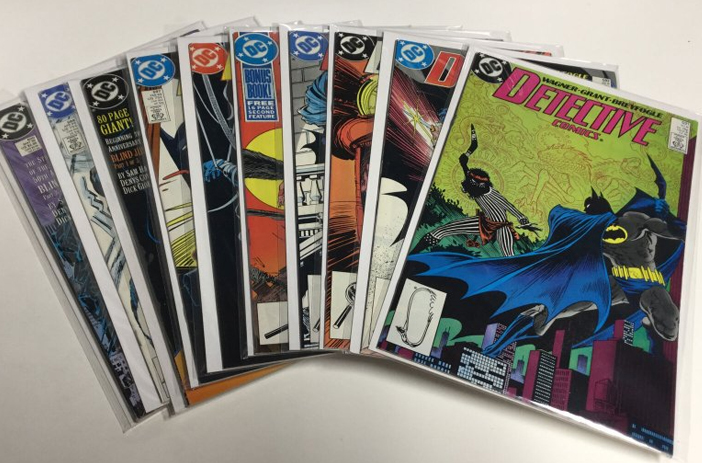
A second issue is, what do you consider a complete run or a full set?
For something like our hypothetical 12-issue miniseries, it's easy. But what about something like Captain America? It's easy for something like a spin-off miniseries, ala The United States of Captain America. It's a lot harder for the core Captain America line, which released issue #750 this year.
No one is in the market for a 750-and-counting issues-long collection. That's not even getting into the fact that you'd need to collect a lot of very early, very valuable keys to put the collection together.
A solution to this is to break things up by milestones, reboots, gaps, story arcs, or other dividing lines. For example, people often put together the full run of a single story arc or the full run written by a particular author or illustrated by a particular artist. Since the people behind the character change more often than the core character does, this is a sensible way to break things up in many cases.
How to Build, Market, and Sell Complete Runs of Comics
If you want to get rid of comics and find you have most of a complete run, you could build the full run and sell it in one group. The first question you need to ask yourself, though, is whether or not it's worth it.
- How large is the run, and how many comics would you need to buy to complete it?
- How much interest might there be in the full run, and how much might it sell for?
- Are you willing to take a "loss" on the sticker price for the full run just to sell the otherwise unsellable issues?
Our hypothetical $650 12-issue run isn't actually likely to be the sale price for the run. People can price things out and realize that's the same price as they would pay to buy everything normally (ignoring shipping and fees) and might not be interested. On the other hand, if you price it at $600 – the cost of the two keys, the rest thrown in for free – you might get more interest.
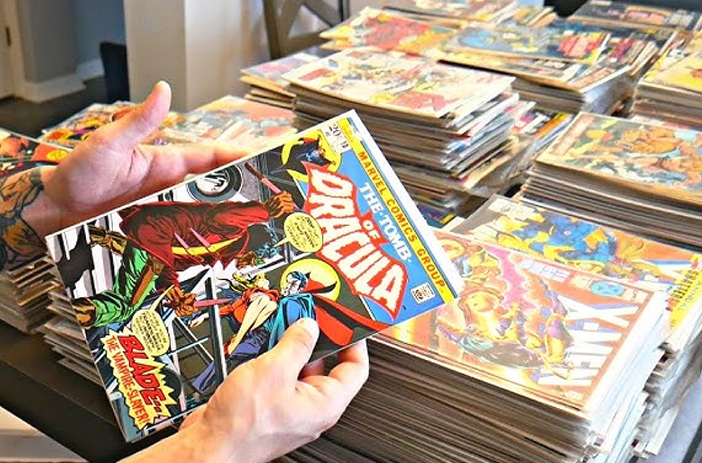
Truthfully, full runs aren't a huge market. You're more likely going to be better off selling your keys and other valuable comics individually and selling the rest in bulk to a flipper or shop that has more resources and ability to sell them for a profit than you do. Of course, if you are that flipper or shop owner, that's another thing entirely.
Marketing a Full Run of Comics for Sale
Marketing your full run can be tricky.
The main thing you need to do is figure out what makes it a full run and what makes it noteworthy.
This is easy for a short miniseries where there's a defined beginning and ending within a reasonable number of issues. It's a lot harder for lengthy runs, particularly if they're a story arc that most people don't care much about.
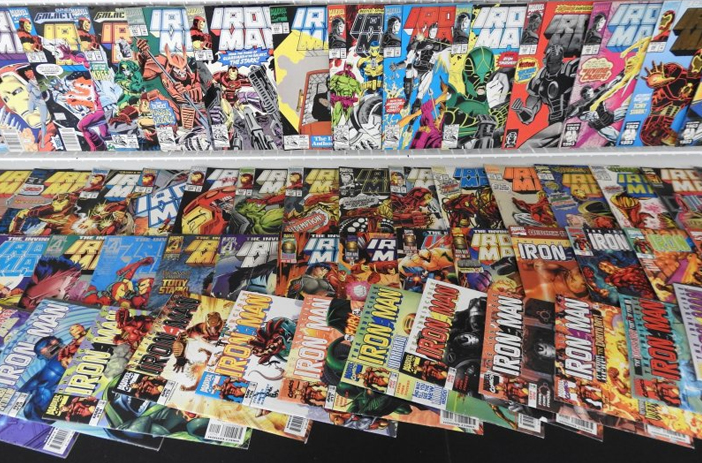
Pick out specific start and end points. When a writer starts and stops, a given story arc, or even just a year of publication can be enough, depending on how much you want to divide down your packs.
Remember, too, you don't need to do "complete" runs; you can just do packs of 10 or 20 comics with the inclusion of something valuable enough to make it worthwhile.
One thing not to do is market it as something to read. Most people interested in actually reading comics aren't going to be buying runs of individual comics; they'll buy trade paperbacks and volumes, or they'll buy digital editions. They certainly won't be buying a full run with a key in it so they can read it.
My biggest recommendation is to start big. If you have 100 issues of a comic in sequential order, list them as one big package for a reasonable price and see if you get any bites. If you don't, then you can break it into two 50-comic runs, try again, and so on until you sell.
Skipping the Hassle
Alternatively, you can always skip the hassle of selling comics as complete sets and just sell them in bulk. I've seen basically every gimmick imaginable, from "mystery packs" of comics with guaranteed minimum values to themed groups like "10 comics where Wolverine stabs a guy" to just about anything else. Honestly, it all often feels like a lot of work for not a lot of additional benefit.

To that end, why not just sell your collection in bulk to us? As dealers in valuable comics, we're used to buying collections. Click here to get started with the process; all you need to do is describe your collection and maybe send us a few photos, and we'll offer our appraisal and ideas on what you can do with it.

 Brent Moeshlin
Brent Moeshlin
